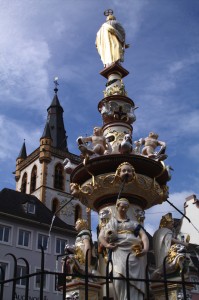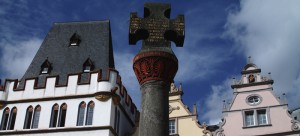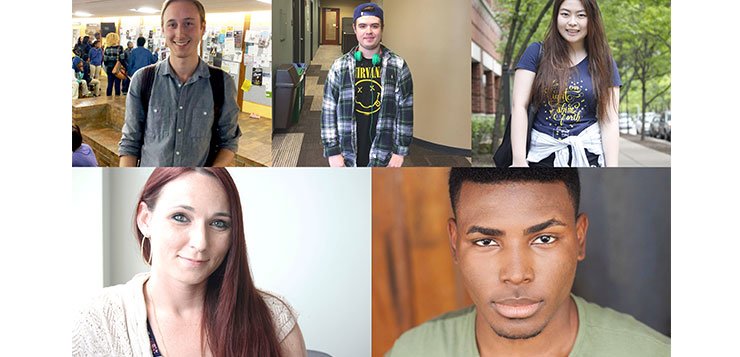
My racing heartbeat was the only sound in the cool stone passageway. I flew past shadowy corridors, turning one corner then another. My eyes strained in the faint light trickling through the bricks above my head, and my jog turned to a sprint when a scream echoed from the hallway beside me.
It wasn’t quite Indiana Jones’ temple of doom, but playing a high-stakes game of tag through the remains of an ancient Roman sewer system is worth crossing off the bucket list.
I was expecting the oldest city in Germany to be a quiet tourist attraction with quaint German houses marked by plaques dating them back to the Middle Ages.

What I found instead was an eclectic urban center of German tourism — marked by ice cream shops and Turkish grills — mixed with buildings from the Holy Roman Empire, as well as baroque, rococo, and neo-classical eras of architecture.

I’m quickly realizing that having expectations while studying abroad is only good for disproving them later.
Bonn, my new home for the semester, is just as diverse as the streets of Chicago. There are just as many places to grab a Turkish döner as there are bratwursts; and regardless of where we go, there is a spectrum of ethnicities there that redefines what it means to “look” German.
German history also, contrary from what one may intuit from a high school-level history class, goes beyond the Nazi regime and the Holocaust.
In Trier last Saturday, I brushed my fingers over stone walls that were over 1,500 years old; they had withstood countless wars (including WWII); and they embodied a time when the western world was ruled by the ancient empires.
After Caesar’s conquest of Gaul in 50 B.C., Trier developed as a highway project under Emperor Augustus’ rule. By the second century, Trier was projected to be the area’s center of wealth; its structures, still standing today, began to take shape.
Size and scope are two words to describe many of the Roman structures in Trier, including the Porta Nigra, Trier’s north city gate built after A.D. 160. It looms not only over the square, but also over Karl Marx’s childhood home.

My international friends and I redefined “tag” in the remains of the Barbara Baths, a Roman bathing and luxury center whose size and scope could only be matched by the Baths of Trajan in Rome.
Trier was once an esteemed city of the Holy Roman Empire, but underwent a number of occupations around the time of the 30 Years War, the infamous conflict between Protestants and Catholics in the first half of the 17th century. Trier was occupied by the French, and, in 1804, was visited by Napoleon himself.

The church lost considerable influence when power was handed to the upper-middle class, and Trier remained a part of France until it was turned over to Prussia (what is now Germany) by the force of Prussian troops.
Years later, Karl Marx was born — perhaps by fate — just in time to experience Trier’s economic struggle and the liberal uprising known as the Revolution of 1848. The rest is history — the Bolshevik Revolution, the World Wars, the Cold War, etc. — that may sound a bit more familiar.

I thought I came here to study German history, but when so much of it is intertwined with neighboring regions, which later became countries, I don’t see how such a narrow focus is really possible.
I’m also learning from my international friends however, that there are many stories left out of textbooks, and studying abroad isn’t so much “studying” as it is making time to listen to these stories.




Isolde Naleck • Sep 29, 2014 at 11:15 am
Hello Megan excellent article being myself a born german I have just received a wonderful history lesson by reading your article. Wonderful open heart and mind, keep up the good work.
Thank you
Isolde